Mulberry in the photo. Mulberry cultivation
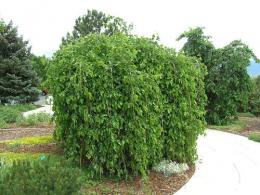
Mulberry, or mulberry, mulberry tree, has from 2 to 120 species and varieties, depending on the classification. Widely distributed in India, Japan, China and Central Asia. It has great value as a medicinal fruit plant. White mulberry leaves are used as food for silkworms in the silk spinning industry.
Despite its southern origin, the mulberry tree has a fairly wide distribution area. It is found not only in Asia, but also in the territories of the Middle Volga region and in the Moscow region, being frost-resistant, drought-resistant and fast growing culture.
Content:
- Decorative types for landscaping
- Cultivation of mulberry species
- Characteristics of the plant
- Planting and caring for them
- Uses of black mulberry fruit
Decorative types for landscaping
Thanks to extensive breeding work, several varieties of mulberry trees have been developed as an ornamental species. They are successfully used in landscape design, as they are especially spectacular with their original lace foliage and varied colors of berries. Several especially valuable decorative species:
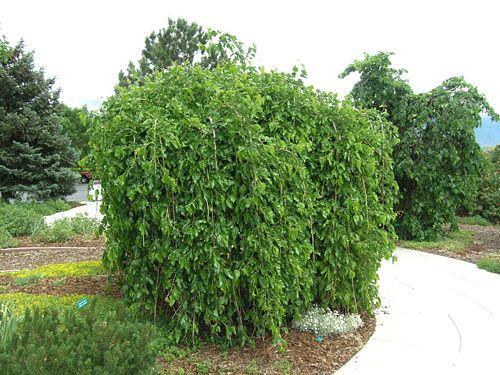
- Weeping - no more than 5 m in height, with thin branches drooping to the ground;
- Pyramidal - up to 8 m in height, narrow crown and lobed foliage;
- Globular - a small tree with a dense crown;
- Large-leaved - with leaf size up to 22 cm;
- Dissect-leaved - with graceful, strongly dissected leaves into lobes;
- Golden - young shoots of this species are yellow.
All varieties of decorative mulberries are resistant to atmospheric pollution.
Cultivation of mulberry species
As a rule, two types of mulberries are cultivated: white mulberry and black mulberry.
The difference lies not in the color of the berries, as is commonly thought, but in the color of the tree bark. The tender foliage of the white mulberry is used in sericulture to feed the silkworm. Gardeners grow black mulberries for berry harvest. The leaves of the tree are dense and rough. They are not suitable for silkworms, and the fruits have a more pronounced and rich taste than those of the white mulberry.
Characteristics of the plant
The most characteristic feature of the mulberry tree is its type of sexual organization. It is a monoecious, dioecious and triecious plant that produces different types of flowers. On one tree there can be both male and female, and bisexual flowers. Combinations may be different regardless of the variety. It is extremely rare for mulberries to experience the phenomenon parthenocarpy – formation of fruits without fertilization. Even less common is the formation of male and female flowers on the same inflorescence.
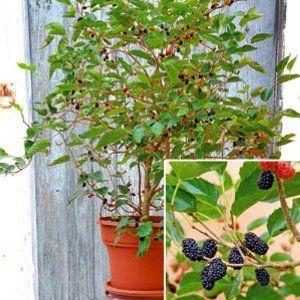
The female flowers of black mulberry are small and inconspicuous, collected in spike-shaped inflorescences. They have a pubescent pistil. Thanks to this, during the flowering period, it is possible to distinguish fruit-bearing trees from the male pollinator plant, which has white staminate flowers collected in catkins.
Fruit-bearing trees in the presence of a pollinator produce a rich harvest.
Planting and caring for them
Planting is done both in spring and autumn. Despite all the unpretentiousness of the plant, it is still better to choose a place with direct sunlight.Considering the fact that the majority of the plant is dioecious, it is better to purchase a three-year-old seedling that has already bear fruit.
Two buckets of compost or humus are added to the planting hole in combination with 200 grams complex fertilizer. After planting, the seedling is watered abundantly, and the soil around it is mulched. Watering is necessary in case of a long absence of rain, since mulberry is a drought-resistant plant, but the soil around the plant must be periodically loosened and weeded to remove weeds.
The mulberry tree needs periodic feeding. In early spring you need to add nitrophoska, and in the first half of June - one bucket of water with fermented manure. Summer feeding is not recommended so that the tree does not expel new shoots. They will not complete their formation before the onset of the cold period and will die.
Uses of black mulberry fruit
Black mulberry fruits not only have excellent taste and aroma, they also have healing properties. They are recommended for anemia and metabolic disorders in the body. Scientific medicine uses the fruits for gastritis and low acidity of gastric juice.

There is also positive experience in treating patients with heart disease and myocardiostrophy with fresh mulberries. Berry juice is effectively used for ulcerative lesions of the oral cavity and inflammatory processes in the throat.
The berries are perfectly processed. Jams, compotes, juices, tinctures and medicinal wines. Mulberry fruits have a high sugar content, low acid content and a rich complex of vitamins, which includes C, B, P, rutin, carotene, choline, as well as pectin and glycoside.
Black mulberry is a plant that came from time immemorial.One of the most medicinal plants on earth. Each organ of this tree has its own effect on the human body. Berry juice cleanses the blood, and a decoction of branches relieves rheumatic pain and reduces blood pressure. A decoction of the leaves relieves chills and lowers blood sugar, and a tincture of the leaves is a general tonic. Mulberry roots are used as an expectorant, thinning sticky and thick mucus.
Mulberry wood is considered a valuable species. It is dense and shiny. Furniture, various crafts and tools are made from it.
When growing mulberry on your plot, do not forget the magical qualities of the tree that came to us from legends.

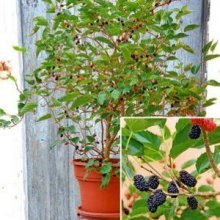
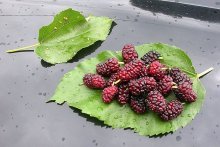
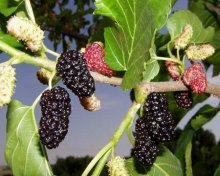
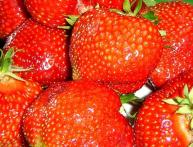
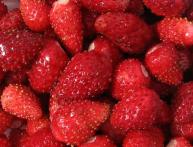
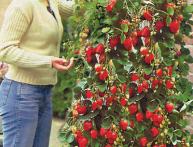

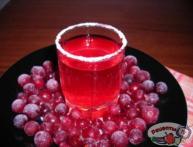
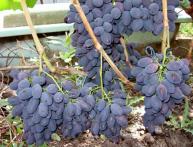
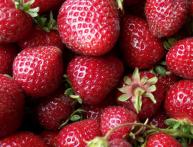
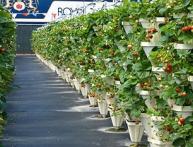
Comments
Mulberry is a very healthy berry, but I haven’t been particularly involved in its cultivation, because... There’s already a lot of it growing around our dachas and you can easily pick as much of it as you want to eat, it’s small and you don’t really want to bother with it.
To my shame, I didn’t even know what this tree looked like, although I’ve always heard the name. The fruits are similar in appearance to blackberries. Unfortunately, I haven’t tasted mulberries either. Can someone write what they taste like?